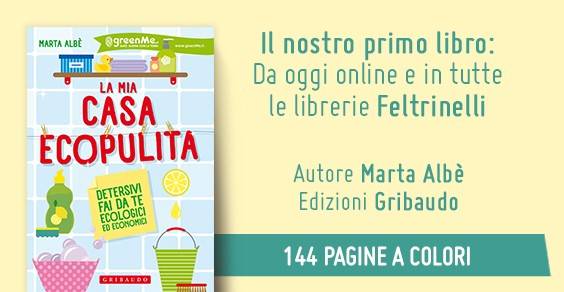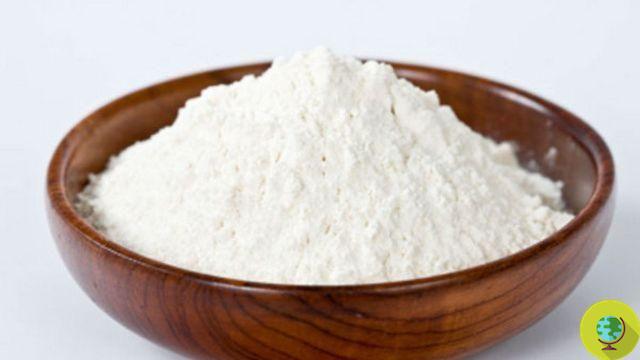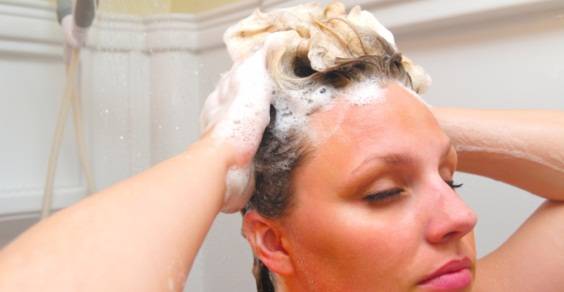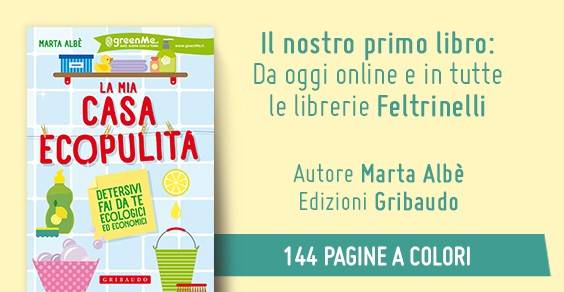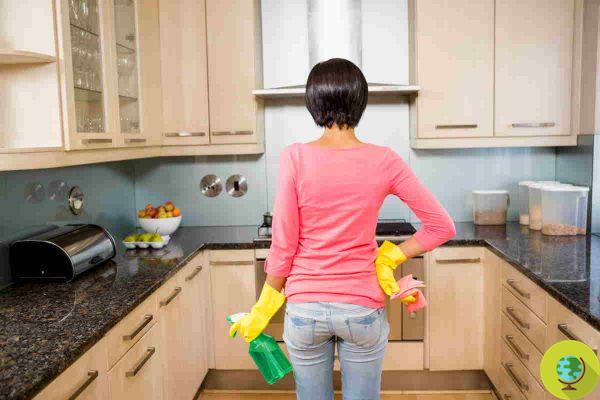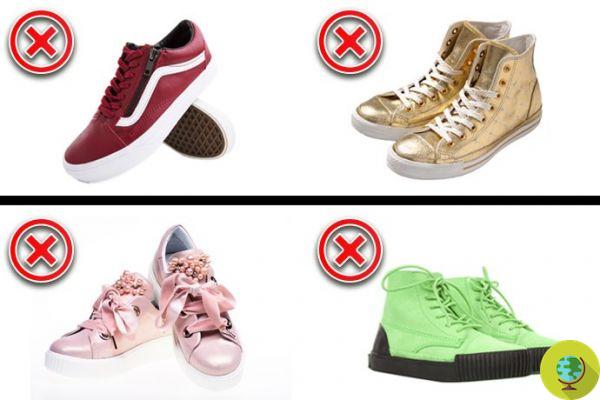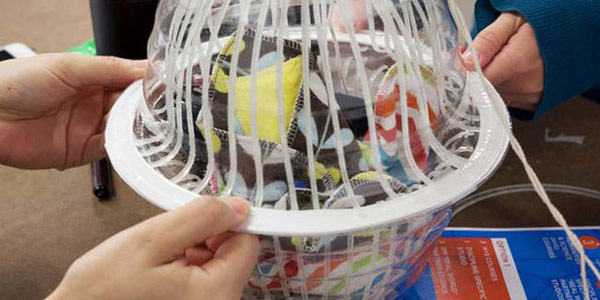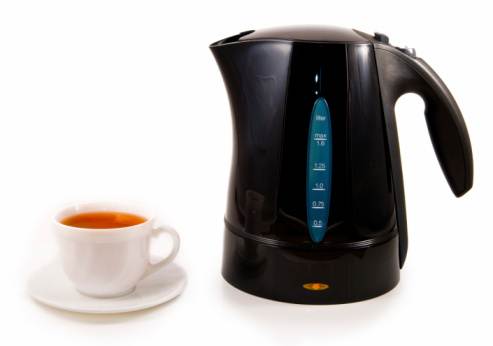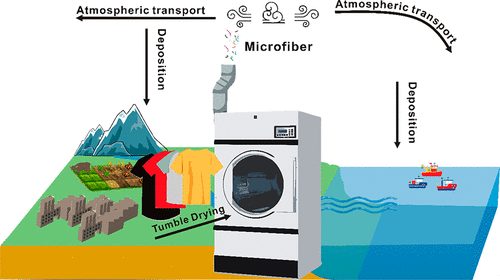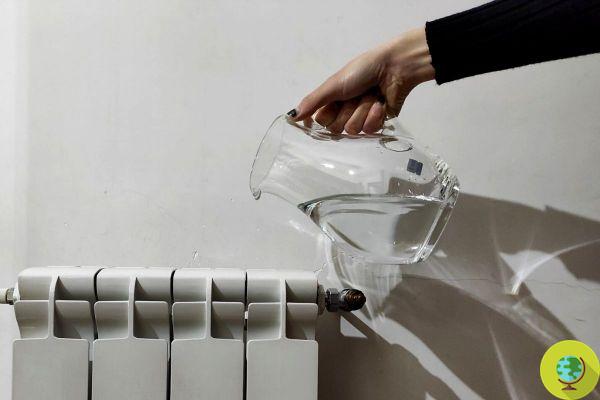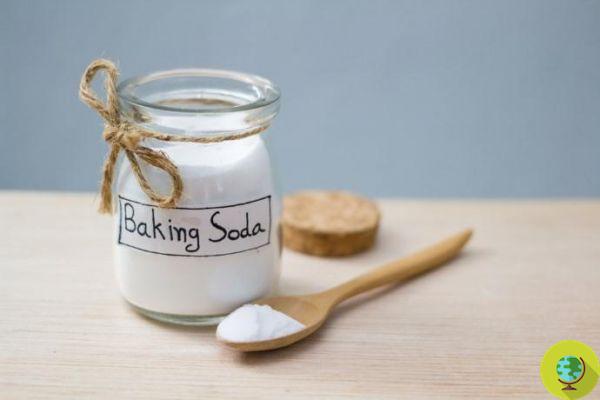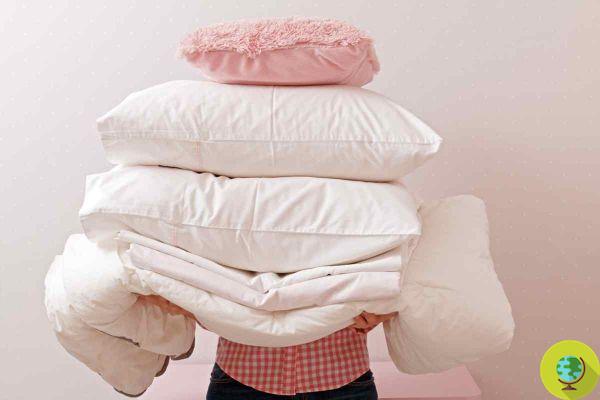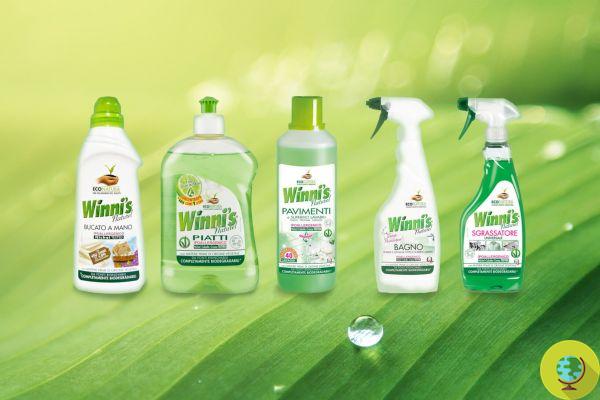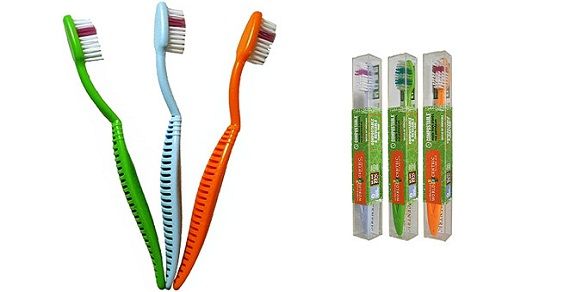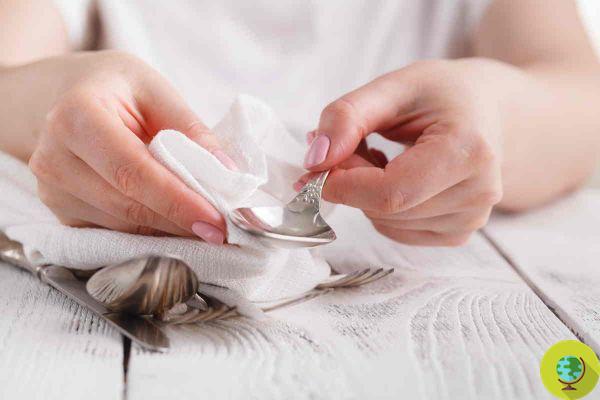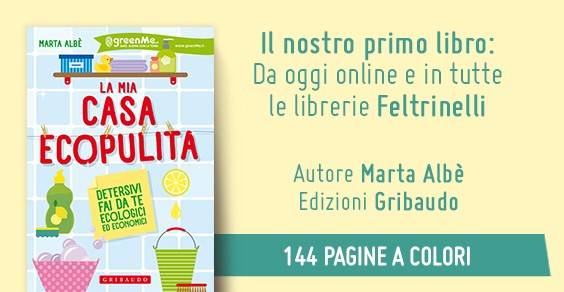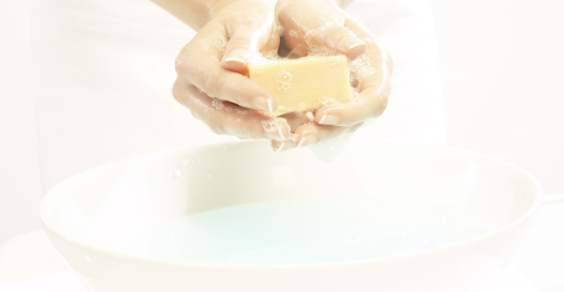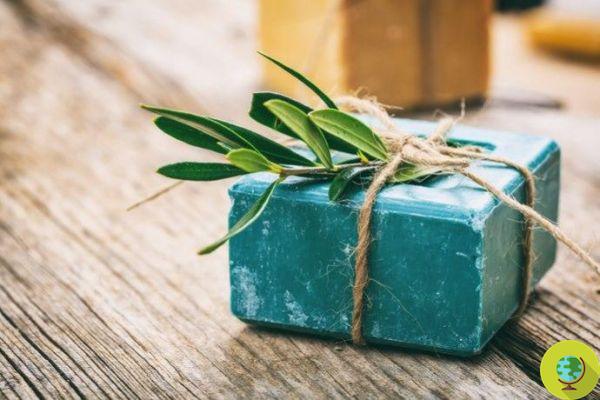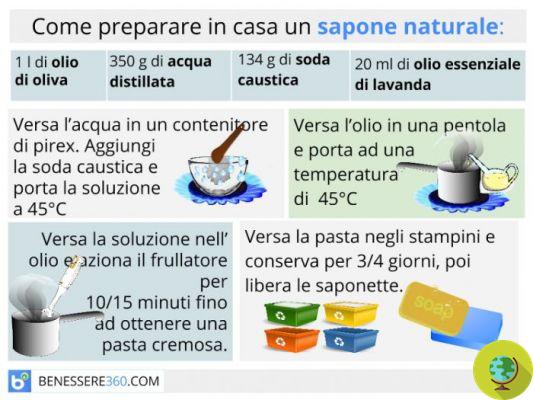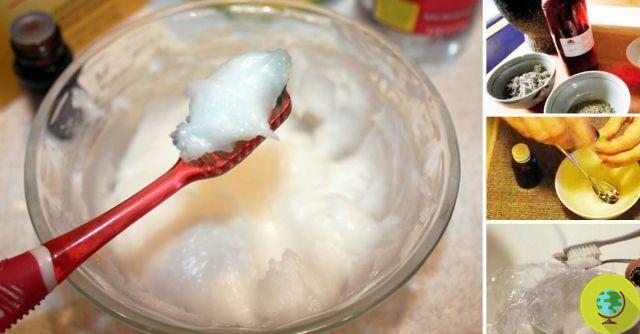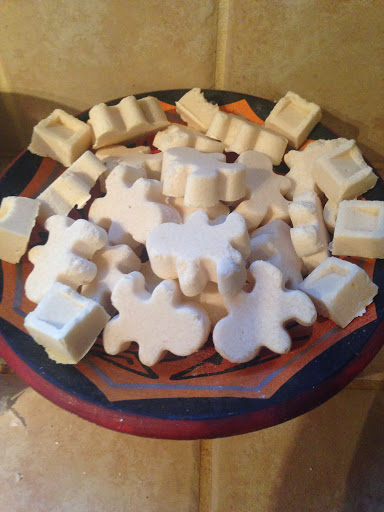Wooden cutting boards and utensils are usually present in every kitchen, especially if you want to avoid the use of plastic tools, usually less durable, as they tend to be damaged easily, especially when they come into contact with hot food. or knives.
He is about to end up run over, his mother saves himCutting Boards ed wooden utensils they are usually present in every kitchen, especially if you want to avoid the use of plastic tools, often less durable, especially when they come into contact with hot food or knives. However, since wood is very porous and has a high degree of absorption, the use of chemical detergents is absolutely forbidden. So, how to properly clean ladles, cutting boards and wooden utensils?
For them to last even longer, these tools must be treated with care, especially at the time of washing. It is in fact very important to remove any food or grease residue within a short time of use, so that they do not remain almost irreparably stained.
For cutting boards, ladles, rolling pins and wooden spoons, normal washing can be carried out using warm water and a few drops of ecological dish soap or liquid Marseille soap. You can scrub the parts that need more cleaning with a sponge, rinse with warm water and wipe with a dry cloth. The wooden cutting boards and spoons should be left to dry in an upright position to make sure that traces of water evaporate completely, so that the wood does not deteriorate and does not create the mold.
A couple of times a month one may be needed deeper cleaning, especially regarding the wooden cutting board. In this case it is possible to act by sprinkling its surface with del salt and rub the cutting board using the inner part of the peel of a lemon or a slice of lemon. Then simply rinse with warm water, wipe with a dry cloth and allow to air dry in an upright position. The use of coarse salt is useful for eliminate any food residues remained in the grooves formed on the surface of the cutting board by the knife blade as well explained Thu.
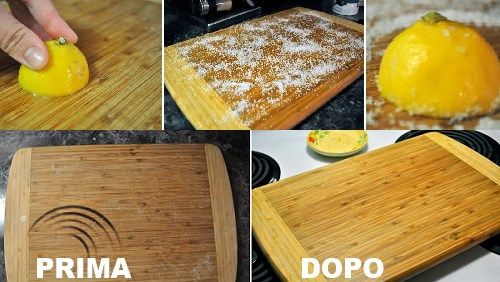
As for the wooden utensils and any cutting boards from the shiny surface, present in the kitchen above all as decorative objects that, as tools actually used, it is possible to make them polishing in a natural way. The secret in this case is represented by the use of a few drops of linseed oil, to be passed on their surface with a sponge. It is a valid remedy, to be used in very small doses, even for polishing wooden furniture.
Another natural remedy for cleaning wooden ladles, but also of spoons, forks and cutting boards, consists in the use of two allies always very effective as regards ecological cleaning. How suggested by the 'Household Men Association, for cleaning wooden utensils and cutting boards it is very useful to rub the surfaces vigorously with sodium bicarbonate e lemon juice. They will then have to be left to dry in the sunlight, so that the sun's rays perform a disinfectant action.
Lemon juice and baking soda are also perfect for cleaning plastic cutting boards, especially to prevent cuts caused by the knife blade from blackening. It is necessary to clean both wooden and plastic cutting boards very well to remove any food residue. In this case it is very useful use a brush for domestic cleaning.
Further help in this regard concerns the use ofvinegar for cleaning wooden cutting boards and utensils. This is the quickest solution to use in case there is a need for disinfect and quickly clean the cutting board between uses for different foods. Just apply a few drops of vinegar to the cutting board, rub with a sponge and rinse with hot water.
The natural remedies we have suggested allow you to avoid the appeal is to the common detergents for the dishes both alla dishwasher. Why is it good to clean wooden cutting boards and utensils using natural methods and avoiding washing in the dishwasher? In both cases, there is a risk that deposits of substances that are not really beneficial for health, as well as harmful to the environment, are deposited on the surface of our kitchen tools.
The wooden utensils and cutting boards also tend to absorb the detergents, even more so if they are washed in the dishwasher. Excessively prolonged contact with water could also lead to damage to the wood. The main point however concerns the absorption of detergent. In fact, we would never want it to come into contact with the food that we will bring to our tables.
You know other solutions to clean wooden cutting boards and utensils naturally?
For more tips on how to clean your home without chemical detergents, we recommend our book "My eco-clean house - Eco-friendly and economical do-it-yourself detergents"(Gribaudo 2014). You can find it in all Feltrinelli bookstores at a price of 14,99 euros. You can take advantage of the 15% launch discount by purchasing the book online:
